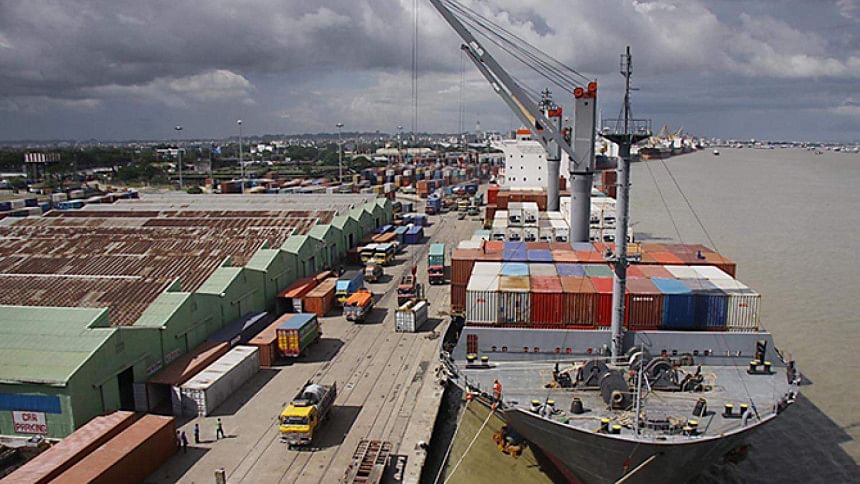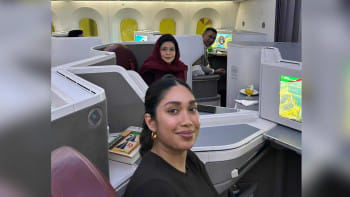Analysis: Getting ready to become a middle-income country

Becoming a lower middle income country is certainly something to cheer about. It makes us firmly believe that we will soon elevate to the status of middle income country. It makes us feel good. It gives us confidence. And it makes others turn around and glance at us with respect. We become a target for investment.
But it also cautions us about some pitfalls. It also cautions us to know the challenges and prepare ourselves to brace the crosswinds. It also alerts us about the so-called middle-income trap that may embrace a country when it elevates to middle income category.
As a middle income country gains in wages, as we have and will further in future, we face the challenge of remaining competitive with the cheap products of the low income countries. We must not forget Bangladesh had once snatched the jobs of the countries like Korea, Thailand and Singapore when they geared up to the higher ground.
While we will face the possibility of not competing with low income countries, we will also not be able to compete with the high-tech products of developed countries.
So we have to consider up-scaling our productivity by infusing technology and training our workers. Slow transformation of our agricultural workforce into industrial ones will lead to unemployment and low wage as has happened in countries like India and Thailand, leading to increase in poverty. So we must focus on this job at hand before we soon reach the middle income category.
We are already suffering in productivity because of the sudden spurt in small and medium enterprises which because of their economy of scale cannot integrate modern technology. This factor needs to be resolved quickly.
Egypt and Nigeria are such cases which saw wage increases that adversely affected productivity. But then there is the bright case of South Korea which was one of the poorest countries in the 1960s with about $100 per capita income and soon became a middle income country with attention to productivity through its policies and institutions.
The other challenge we will face is how to keep rising inequality in check and how to make basic services accessible to the poor. It will need proper policy, institutions and financing.
As countries open themselves up to trade in goods and capital, they also face risks of vulnerabilities to global crisis. We have seen how the South-east Asian countries were floored by the financial crisis of the 1990s. So we need to reform our financial sector as we integrate more and more with the global financial markets.
We need to have the proper institutions for industrial policy and trade. We need to think of relating export policies to growth. Here the biggest issue at stake is the zero duty access of our garments to the European Union not to say that EU is our largest export market for apparels.
We can still get GSP Plus facility but that would depend on fulfilling a number of stringent conditions on human rights, labour rights and environmental issues. Bangladesh already has poor records on all these counts and fulfilling them would need uninhibited effort of the government.
In the end we can say that while we celebrate our achievement we also need to get ready for the next level of tough challenges looming ahead.

 For all latest news, follow The Daily Star's Google News channel.
For all latest news, follow The Daily Star's Google News channel. 



Comments